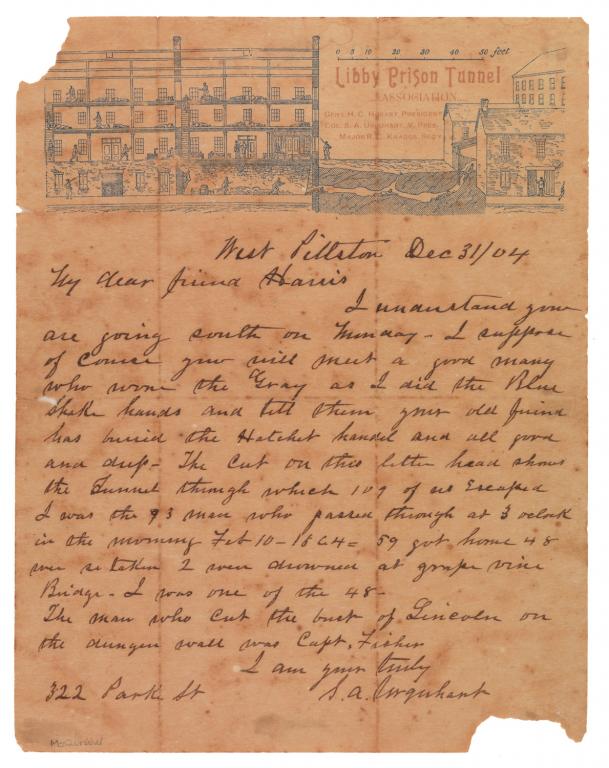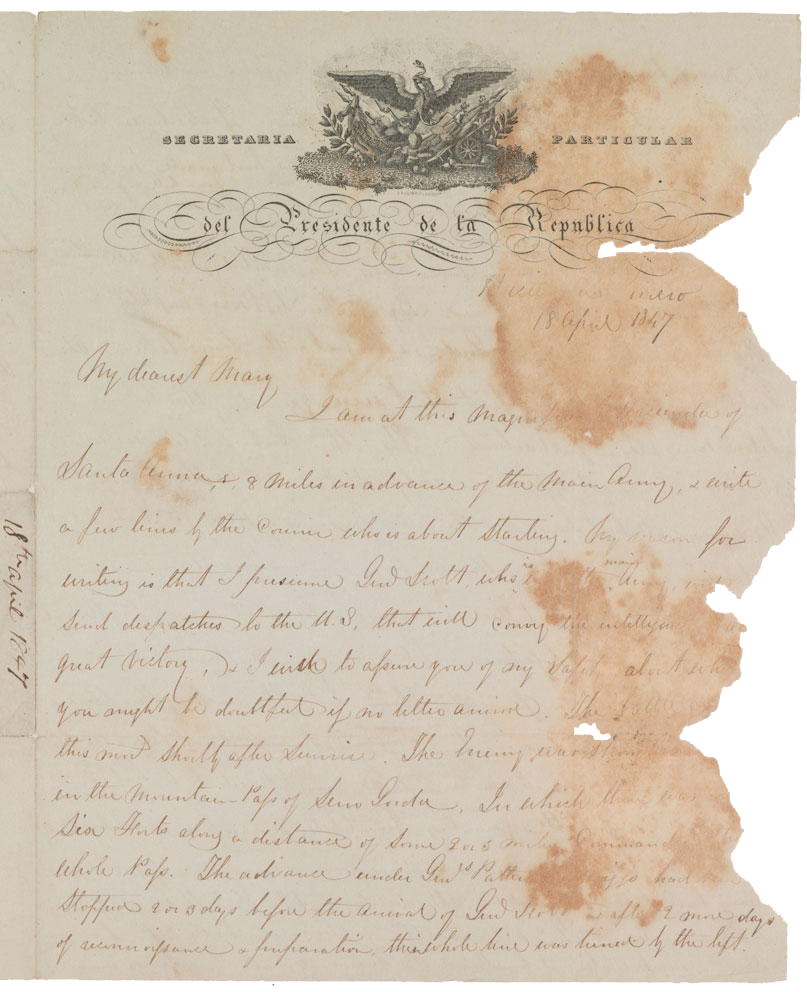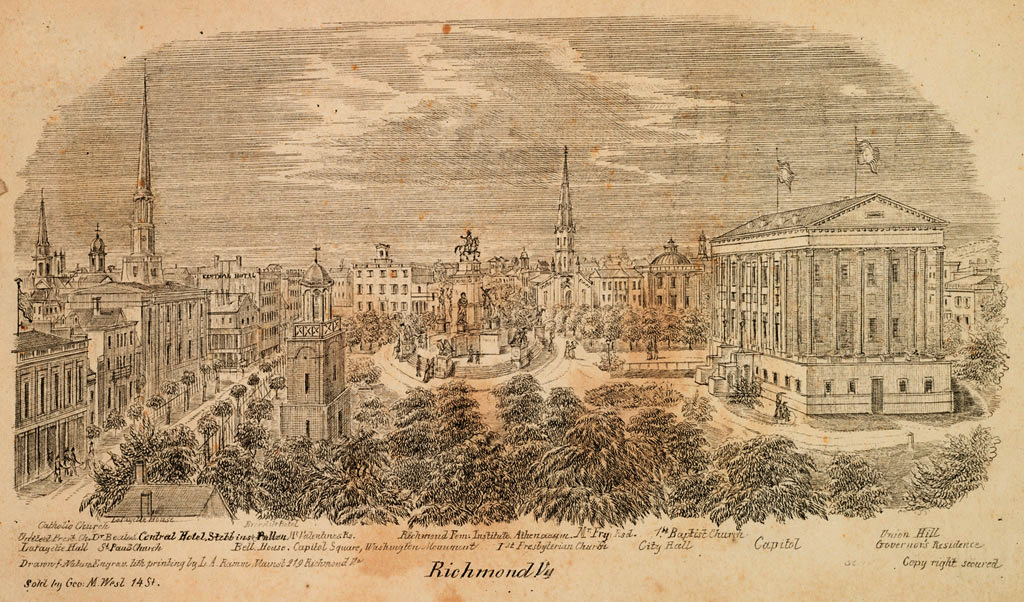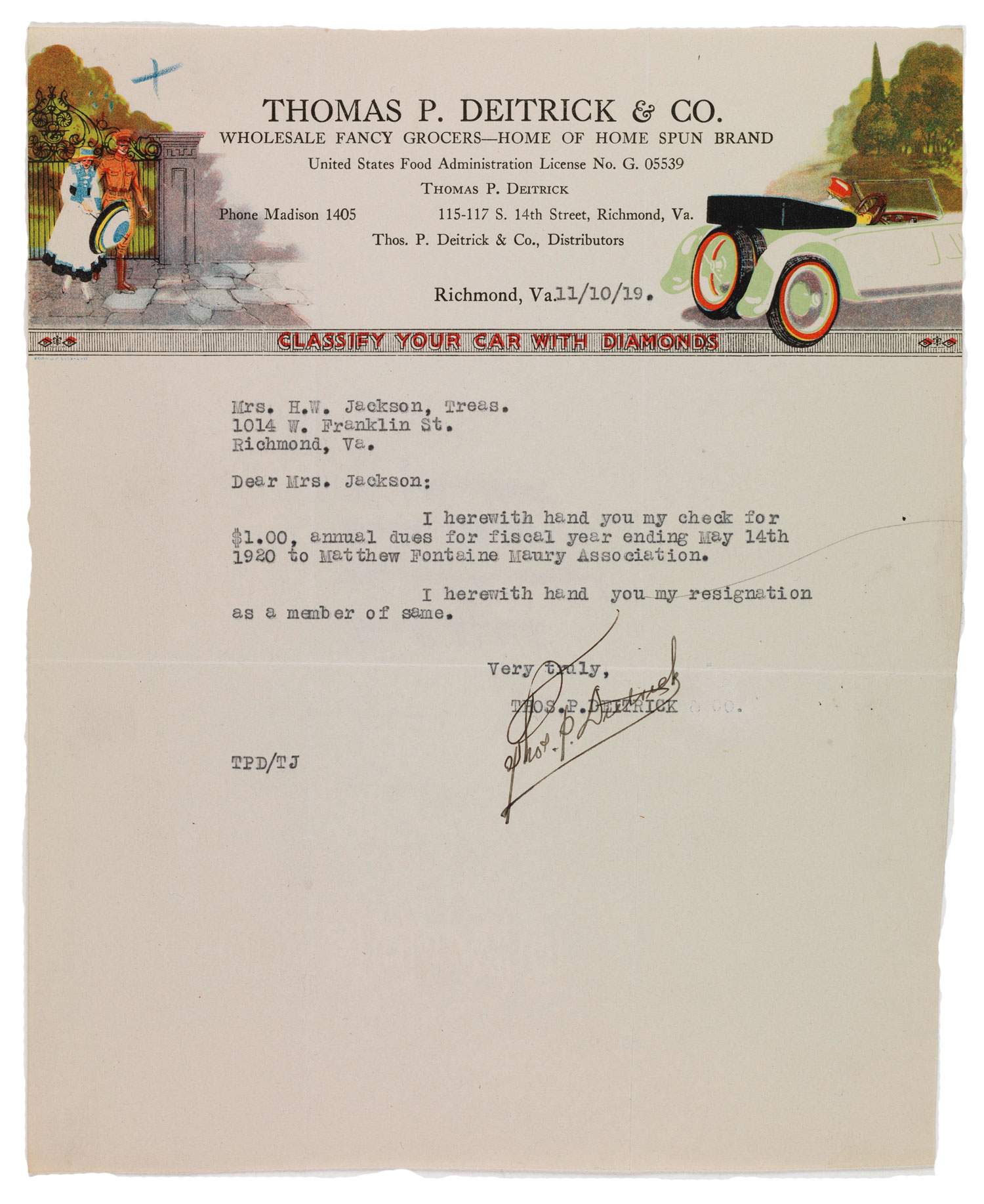Correspondence between individuals plays an important role in our understanding not only of how people communicated in the past but also of what they thought about their world. A hint of a person’s motivations or personality can also be interpreted through the letterhead they chose to use.




